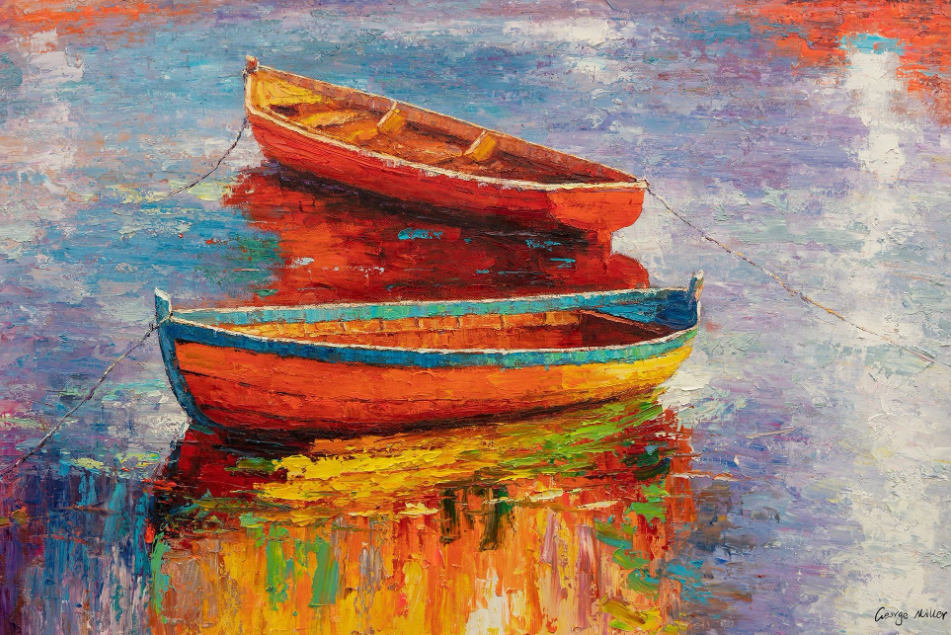Embarking on the journey of traditional canvas art can be as daunting as it is exhilarating. Among the myriad forms that this timeless craft takes, one stands out for its rich history, depth of expression, and the unique language it speaks – the realm of oil painting in Australia. This guide aims to demystify the complex vernacular associated with this medium, paving the way for aspiring artists and art enthusiasts alike to deepen their understanding and appreciation.
The Foundation: Understanding Medium and Techniques
At the heart of mastering this form of visual art lies a comprehensive grasp of the medium itself. Oil-based pigments, known for their unparalleled vibrancy and longevity, require a nuanced approach to both mixing and application. The medium’s inherently slow drying time allows for an array of techniques such as blending, glazing, and scumbling, each contributing to the creation of rich textures and intricate details that are characteristic of this style.
Navigating through these techniques requires not only patience but also a willingness to experiment and learn from the process. It’s a dialogue between the artist and their canvas, where each brushstroke adds to the conversation.
The Palette: Decoding Color and Composition
Colour theory plays a pivotal role in the creation of compelling compositions. Understanding the relationship between hues, and how they interact on the canvas to evoke emotions or direct the viewer’s gaze, is fundamental. Mastery over colour extends beyond mere selection; it encompasses the ability to manipulate its intensity, temperature, and harmony to achieve the desired impact.
This aspect of the craft is where the true language of oil-based art is spoken. It’s in the subtle gradations of light and shadow, the bold contrasts that define forms, and the delicate balance that unites the various elements into a cohesive original artwork in Adelaide.
Bridging Expression and Technique
The ultimate goal of delving into the vernacular of oil-based art is to equip oneself with the tools necessary to translate vision into reality. It’s about finding one’s voice within the medium and using it to convey stories, emotions, and perspectives. Whether it’s through the meticulous layering of glazes or the expressive freedom of impasto, each technique mastered and term understood brings the artist closer to achieving this goal.
In conclusion, the language of oil painting in Australia is rich and multifaceted, offering endless possibilities for expression and exploration. By familiarizing oneself with the medium’s techniques, colour theory, and compositional principles, aspiring artists can embark on a rewarding journey of discovery and creation.


